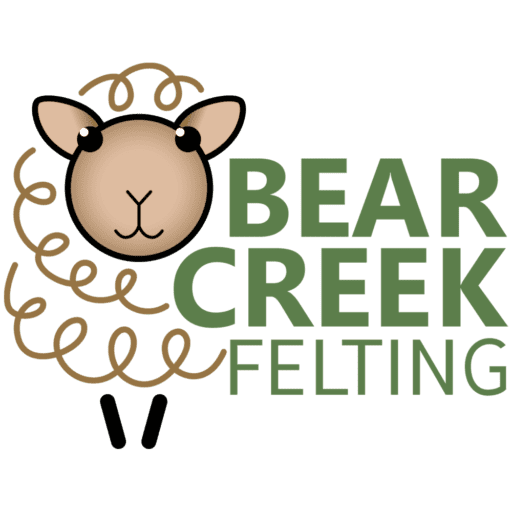
I have always been captivated by the intricate science behind creating 3D sculptures with a humble felting needle. Let’s delve into the fascinating science behind needle felting, exploring the interplay of fibers, barbed needles, and the transformation of shapeless wool into stunning, lifelike sculptures.
- Understanding Felting Needles: Felting needles are remarkable tools that play a pivotal role in the art of needle felting. These specialized needles are notched or barbed along their shafts. As they are repeatedly pushed and pulled through wool fibers, the barbs catch and tangle the fibers together, creating a strong bond.
- The Magic of Barbs: The barbs on felting needles serve a crucial purpose in the felting process. As the needle penetrates the wool, the barbs catch the individual fibers and interlock them. This entanglement forms a cohesive structure that gradually transforms loose wool into a solid, sculpted form. The more times the needle is inserted and withdrawn, the stronger the bond becomes, allowing for precise sculpting and shaping.
- Sculpting with Precision: One of the remarkable aspects of needle felting is the ability to sculpt with precision. By manipulating the density of the wool and strategically applying the felting needle, needle felters can create intricate details and lifelike features. The process involves adding wool in specific areas, compacting it with the needle, and shaping it into the desired form. Each delicate touch brings the sculpture to life.
4. The Importance of Fiber Choice: The type of fiber used in needle felting significantly influences the final result. Different fibers have varying properties, such as length, texture, and felting characteristics. Coarser fibers, such as Romney, will felt more easily due to their larger scales. Finer fibers, such as those from alpacas or merino sheep, do not felt in the same way making it difficult to get a solid structure that hold’s it’s shape. Understanding the properties of different fibers allows needle felters to select the most suitable material for their creations.
5. The Science of Dimension: Creating dimension in needle-felted sculptures is a true art form. By layering and manipulating the wool fibers, needle felters can build up thickness, add texture, and convey depth in their creations. The interlocking action of the barbed needle ensures that each layer securely bonds to the previous one, resulting in a structurally sound and visually stunning sculpture.
their creations. The interlocking action of the barbed needle ensures that each layer securely bonds to the previous one, resulting in a structurally sound and visually stunning sculpture.
I am continually inspired by the science that underpins the magic of needle felting. The interplay between fibers, barbed needles, and the artist’s hands allows for the creation of lifelike, three-dimensional sculptures. Understanding the science behind needle felting empowers artists to refine their techniques, push the boundaries of creativity, and bring their visions to life.
Next time you marvel at a needle-felted sculpture, take a moment to appreciate the intricate science that brought it into existence. Needle felting is a fusion of artistry and scientific principles, and it continues to amaze me with its endless possibilities. Join me in exploring the science behind needle felting and let the magic unfold in your own creations.
Happy needle felting!
Teresa Perleberg




